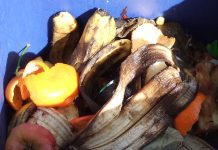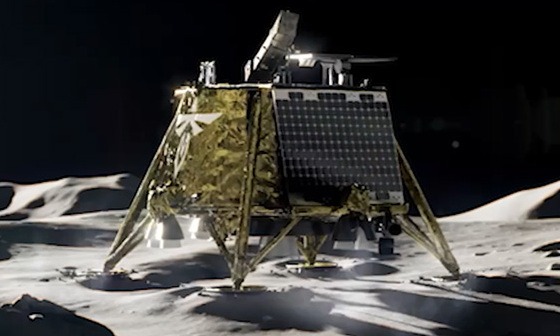On 2 March 2025, Blue Ghost, the moon lander built by the private company Firefly Aerospace touched down safely on lunar surface near a volcanic feature called Mons Latreille within Mare Crisium, a more than 300-mile-wide basin located in the northeast quadrant of the Moon’s near side. The lander is in an upright and stable configuration.
This is the first instance of a commercial spacecraft executing a successful soft landing on the moon.
The Blue Ghost lander carries a suite of NASA science and technology instruments and is scheduled to conduct experiments on the lunar surface for approximately one lunar day, or about 14 Earth days.
This lunar delivery is part of NASA’s Commercial Lunar Payload Services (CLPS) initiative and Artemis campaign. This is the first CLPS delivery for Firefly Aerospace.
NASA’s Commercial Lunar Payload Services (CLPS) initiative was started to promote innovation and growth of private space industry and to reduce cost and to accelerate lunar exploration towards Artemis mission. Under this programme, NASA contracts transportation services to American companies through competitive bidding. To date, five vendors have been awarded contracts for 11 lunar deliveries under CLPS initiative involving sending of more than 50 instruments to various locations on the Moon, including the lunar South Pole.
NASA’s ‘Commercialisation’ efforts have taken concrete shape with the successful landing of Blue Ghost. It has paved the way for future commercial missions to the Moon and Mars.
***
References:
- NASA. Touchdown! Carrying NASA Science, Firefly’s Blue Ghost Lands on Moon. Posted 2 March 2025. Available at https://www.nasa.gov/news-release/touchdown-carrying-nasa-science-fireflys-blue-ghost-lands-on-moon/
- Blue Ghost Mission 1: Live Updates 4 March 2025.Available at https://fireflyspace.com/news/blue-ghost-mission-1-live-updates/
- Blue Ghost https://fireflyspace.com/blue-ghost/
***
Related article
- Will failure of Lunar Lander ‘Peregrine Mission One’ affect NASA’s ‘Commercialisation’ efforts? (10 January 2024)
***




































